Author: Yussuf Rukio
Qn1: What are seagrass and why are they important?
Seagrasses are marine flowering plants that have adapted to life in the underwater world. They grow in shallow coastal areas around the world, forming lush underwater meadows that can rival the beauty of any terrestrial garden. There are approximately 60 known species of seagrasses, with the most common types including eelgrass, turtle grass, and manatee grass.
Data on seagrass meadows are patchy, but research so far estimates the grasses cover over 300,000 square km (115,000 square miles), distributed across all continents apart from Antarctica, according to UNEP. That would be an area the size of Italy.
According to World Economic Forum, Seagrasses play a large role in regulating ocean environments, storing more than twice as much carbon from planet-warming carbon dioxide (CO2) per square mile as forests do on land, according to a 2012 study in the journal Nature Geoscience.
Countries that hope to earn credit toward bringing down their CO2 emissions could tally their seagrasses and the carbon they store, a first step toward accrediting carbon offsets for eventual trading on an open market.
The grasses also curb the acidity of surrounding waters — an especially important function as the ocean absorbs more CO2 from the atmosphere and becomes more acidic.
But seagrasses provide some buffer from acidification, which can damage animals’ shells and disrupt fish behaviors. Seagrass are our greatest climate ally.
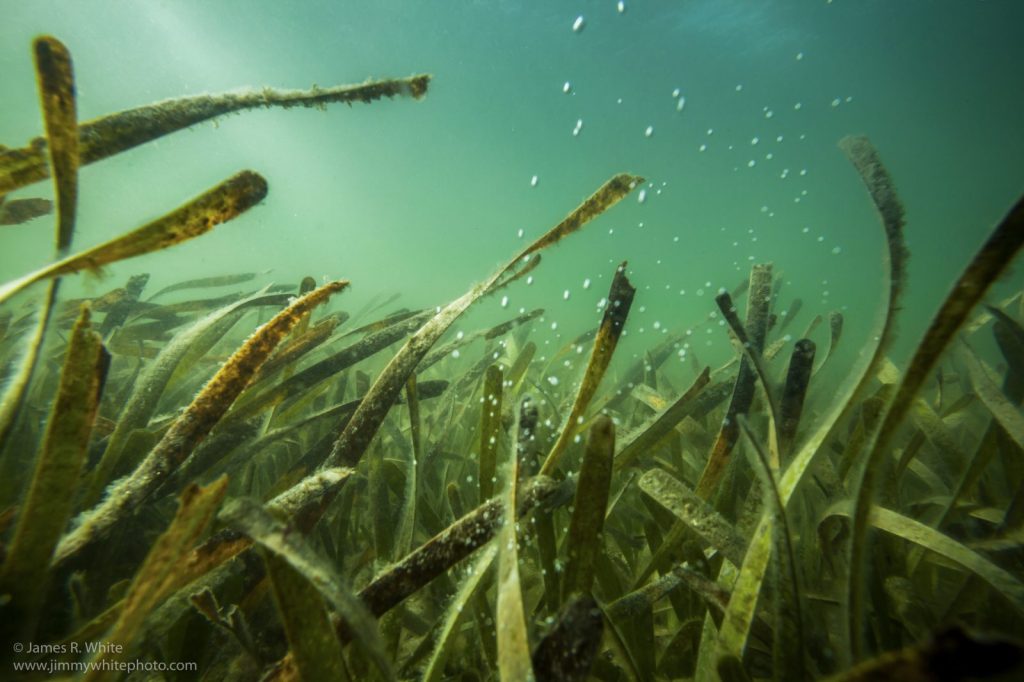
Qn2: What are the causes for seagrass ecosystem destruction and how is the ocean impacted due to seagrass loss? Include the story of dugong loss in Tanzania
More than half of the seagrass cover has been lost since 1977. This is due to numerous anthropogenic pressures that threaten the existence of seagrass beds. Most findings reports that pollutions, coastal developments and boat anchoring have for decades been the major cause of seagrass loss in many areas including the Indian Ocean. It’s approximated that every day more than 1000s of seagrasses are dying and drawn away from the ocean with this rate of seagrass death increasing there is a possibility of losing seagrass beds completely in the next 10 years if no actions are taken.
According to United Nation Environmental Program (UNEP), globally 7% of the seagrass cover is lost every year equivalent to a football field of seagrass cover lost in every 30 minutes, in Tanzania seagrass are dying at an alarming rate due to numerous anthropogenic activities that threatens the existence of seagrass meadows, most finding reports that pollution, coastal developments and boat anchoring have for 10 years now being the major cause to seagrass destructions in Tanzania and the western indian ocean region at large.
A decade loss of sea cow
The dugongs in Tanzania may now be functionally extinct in Tanzania with just a handful of individuals left in the Rufuji Delta area. The interviews with fishers in 2002/3 in 57 villages along Tanzanian coast produced just 32 records, of which 8 were live animals and 24 were accidental net captures, the majority occurred in the southern part of the Rufiji Delta around Mohoro Bay were occasionally group of 3-5 were seen in July and august.
Since 2015 only few individuals has been seen. Dugongs have been extensively hunted for their meat and they’re usually killed if encountered. With the spp now so rare, there is little active hunting and the greater threats are entanglement in fishing nets and loss of seagrass habitat. Sea cow highly depends on seagrass beds for food. The decline of seagrass makes them to migrate and die in a long search for food. It’s sadly probable that the dugong will be extinct in Tanzania in the next couple of years.
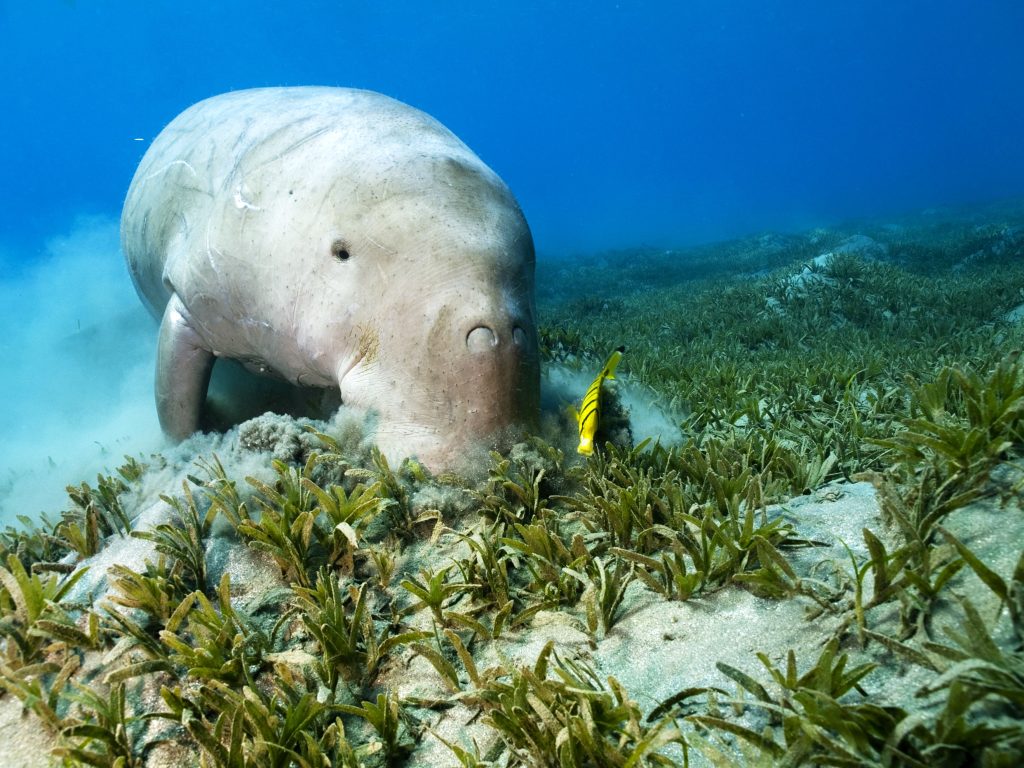
Qn3: Describe the Grass Underwater project what is it about and what it aims? And when did it start?
The Grass underwater is a simple phrase to define what seagrass is..!, the project started in 2020 with the target of making seagrass meadows in Tanzania a familiar habitat to all and restoring seagrass meadows and its associated ecosystems. SOA Tanzania through this project have been able to adopt 0.5Kilometer square of seagrass meadows in Bagamoyo,Tanzania and restored 100sqm of seagrass meadows, they adopt, monitor and restore seagrass also raise awareness to the local indigenous coastal communities on seagrass meadows conservation. SOA Tanzania also has a campaign to bring back the dugongs/ sea cow under this project. As sea cow’s life totally depends on the presence of seagrass in the ocean.
Qn4: Describe the planting methodology and the planting work done since we started?
SOA Tanzania has adopted seagrass restoration guideline for the western indian ocean region set by the western indian ocean marine science association and Nairobi convection. We use plug and hessian bag methods which have been scientifically proved to be successful in restoring seagrass in Tanzania.
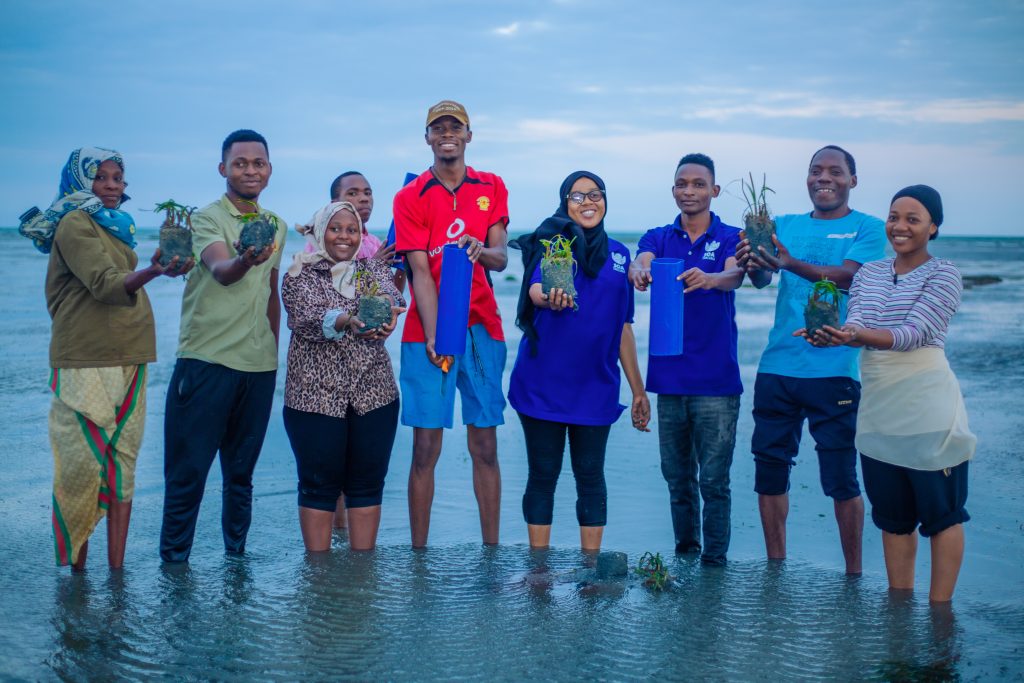
Qn5: Describe how the local coastal communities are benefiting from the project?
Seagrass meadows are feeding, breeding and nursery grounds to 1000s of marine species. The existence of a healthy seagrass meadow increases the fisheries stock and eventually fish catch. The local indigenous coastal communities defend on fisheries for their livelihood with a healthy seagrass meadow will help to improve their fish catch. Also coastal women do collect bivalves and prawn fish in the seagrass meadows this shows how important seagrass meadows are in supporting the life below waters and the lives of the local coastal communities, by seagrass meadows supporting fisheries stock also meadows directly providing job empowerment to the local coastal communities.
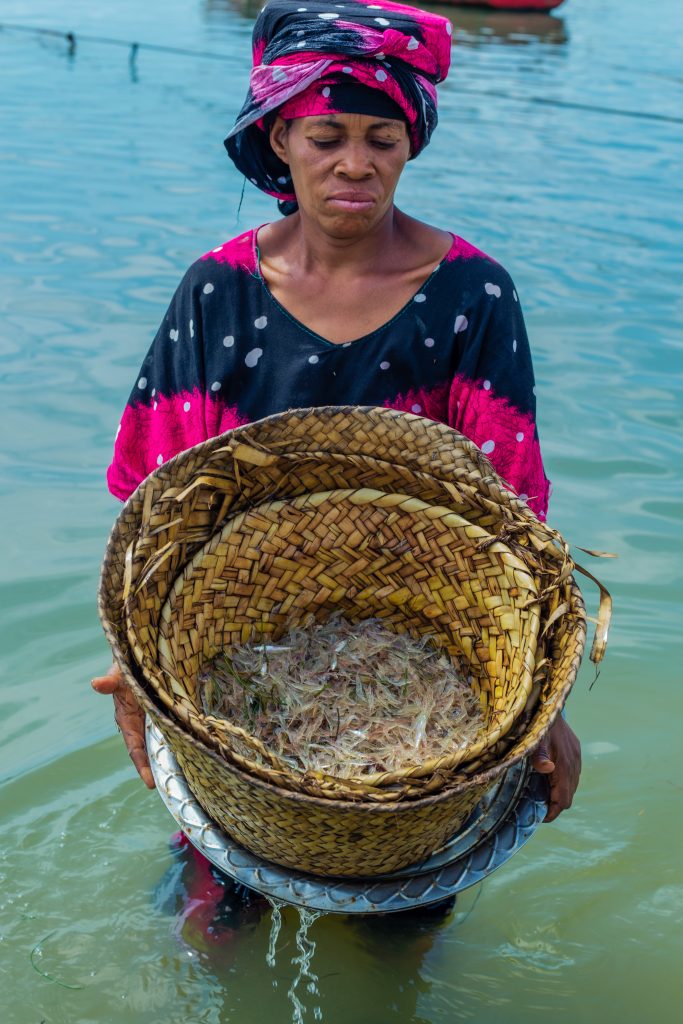
Qn6: Describe the role of youth in the project and how are they benefiting from the project?
SOA Tanzania is a youthled NGO, the Grass underwater project is led by our youth and ocean leaders as they work together with the local coastal communities in the project design, planning and implementation. Through this project our ocean leaders learn how to manage and implement project, how to tackle challenges and how to work with the local coastal communities, the project also helps to build up their career professions in marine science, environmental science and other fields as they gain professional experience from the field which adds up to their career professions.
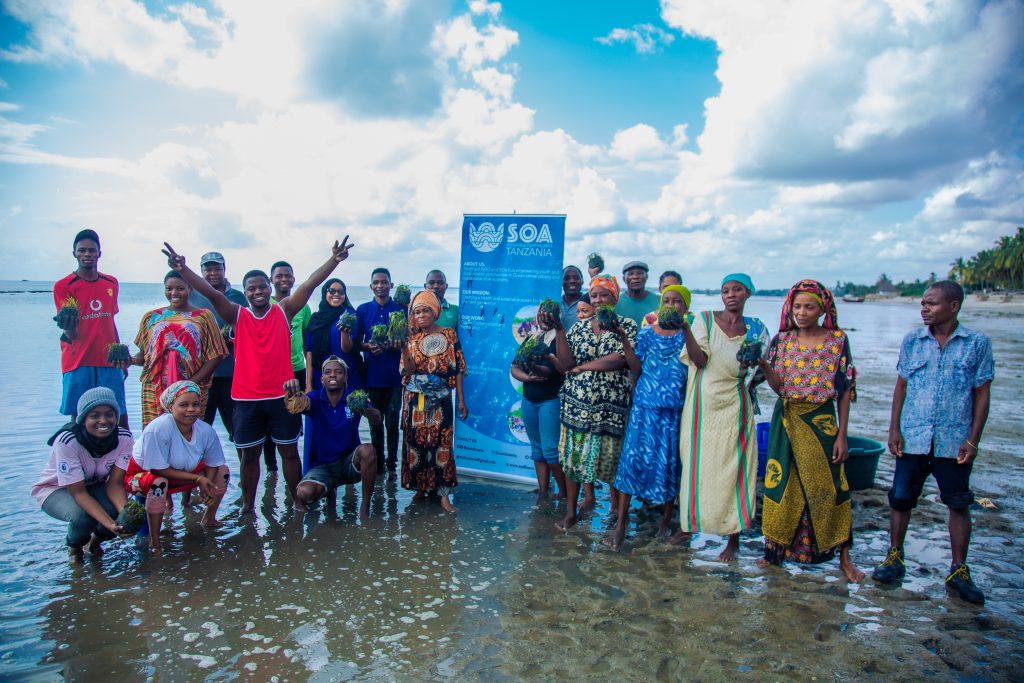
Qn7: Describe the current needs for the project to scale up its implementation?
There is a need to of training and more of awareness raising about seagrass meadows status in Tanzania, funding support is also needed to monitor and restore seagrass meadows and extend our reach into deeper seagrass meadows and also to support the local coastal communities development projects.
Qn8: How can people or organizations support the project?
By sharing the project impact stories and educational content we can reach the global audience and be able to educate the mass on seagrass meadows, also by adopting seagrass meadows with SOA Tanzania supporting its restoration and monitoring and finally also be supporting the community developmental projects.
References
Here’s why seagrass is so important | World Economic Forum (weforum.org)
Out now: Guidelines for Seagrass Ecosystem Restoration in the WIO – WIOMSA Blog
WIOMSA ScienceNews – Seagrass restoration successful in Tanzania! – WIOMSA Blog
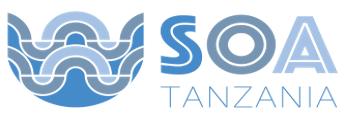
The article is so very interesting to me.
I learnt more enough about the marine ecosystems at all.
Again I was very interested with the new story concerning Dugong as a Sea cow.
Thank you for winding up my brain digestion.